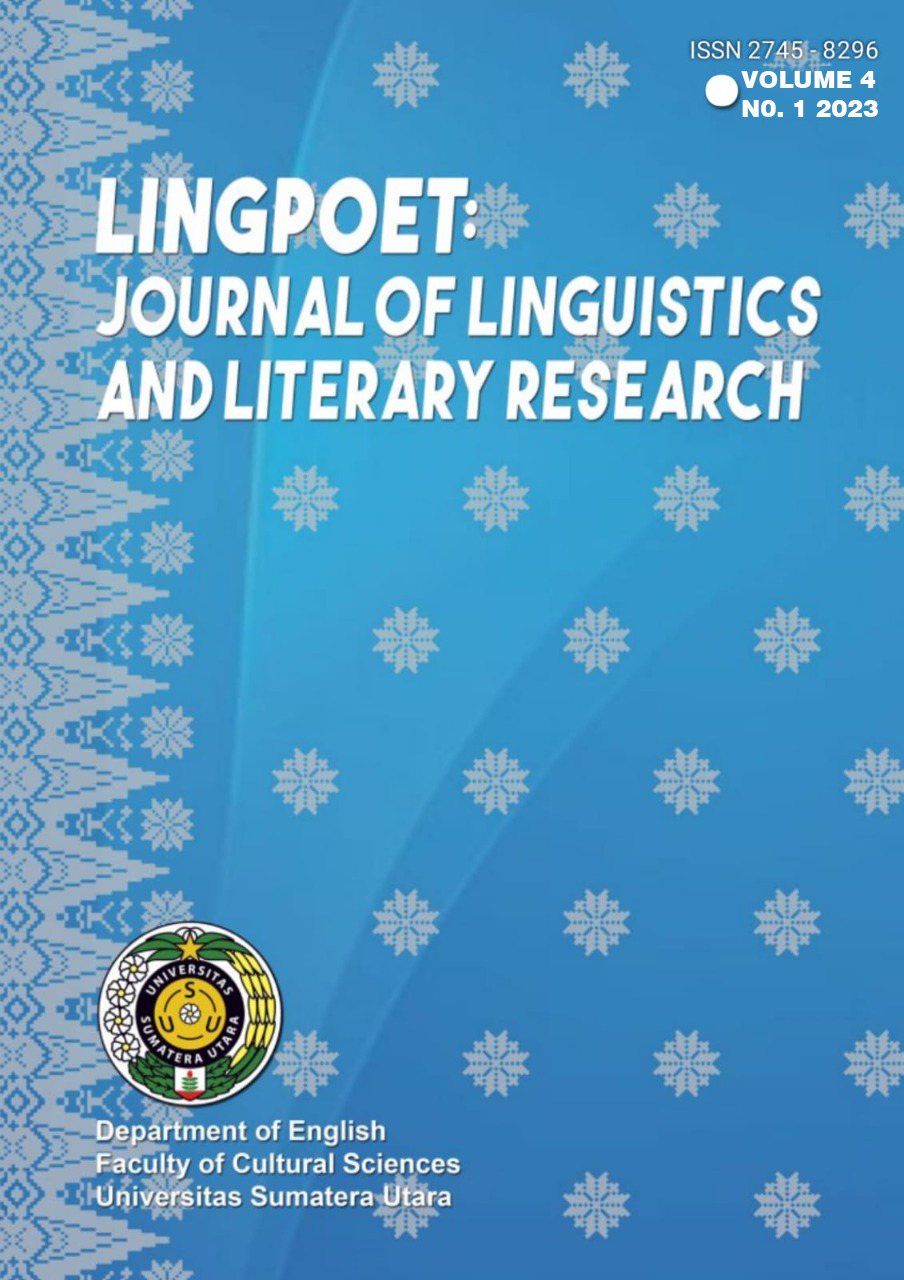Merge, Operation and Space
Keywords:
Semantic Field, Abelian Group, Semantic Space, Axioms, Syntactic OperationAbstract
This paper studies merge as a syntactic process of combining syntactic objects and argues that this combining process is always associated with a syntactic operation. This syntactic operation always follows an action operated by the syntactic objects on the basis of their grammatical properties. This action creates semantic space in which the derivation of a sentence takes place. This space has existence and it can be drawn from the structure of the sentence. There are different arguments and explanations about number of working space in which derivation of sentences takes place. But this paper argues that the derivation of a sentence takes place in the semantic space of this sentence itself and following this fact this paper argues that each sentence has specific semantic space. It means there is more than one semantic space seen in the derivation of different sentences. This paper follows the theoretical assumption of minimalist program given by Hornstein; 2017, Chomsky; 1995. This paper applies this theory in analysis of syntactic structure of an Indian language like Odia.
Downloads
References
Boskovic,Z and Lasnik, H.2014. On the distribution of NullComplementizers, Linguistic Inquiry, Vol.34,No.4. The MIT Press.
Bayer, J.1999.FinalComplementizers in Hybrid Languages,Journal of Linguistis-35,Cambridge University Press, UK.
Barbara Citko, 2011.Symmetry in Syntax (Merge, Move and Lebels) Cambridge University Press. New York.
Chomsky, C.1995. The Minimalist Program,The MIT Press.
CitkoBarbar and Martina yuksek. 2020, Merge, Binarity in (Multidominant) syntax,The MITPressCambridge,Massachusetts.
Collins Chris, 2002. Elimination labels in derivation and explanation in the MinimalistProgram,ed,by Samuel David Epistein,42-64, Malden, M.A, Blackwell. 1983. ‘’Bangla equative, complementizer final foci, and roots’’. Linguistic analysis. 11.103-137.
Hornstein, N. 2017.The Minimalist Program after 25 years, Annual review of linguistics
Hornstein, N.1995. Logical form from GB to Minimalism, Blackwell.
Hornstein, N. 1999. ‘’Movement and Control’’. Linguistic Inquiry, 30: 69-96.
Hornstein, N. 2001. Move! Minimalism theory of construal. Blackwell Publishers.
Hornstein, N, Nunes Jairo, and Grohmann K. Kleanthes. 2005, Understanding
Minimalism, Cambridge
Jayaseelan.K.A.2017, Parallel workspaces in syntax and the existence in internal
merge. In perspective on architecture and acquisition of syntax; Essay in honor
of R Amritalballi, ed.by Gautamsengupta, Singapur, Springer Nature.
Mohanty, P.1986. Aspects of Oriya language, phonology and morphology.
Unpublished Ph.D. dissertation, Berhampur. University, Berhampur.
Mohanty, P. 2007. Brutti emo poshekutumba,
OdiyaBhashaBaigyanikaCharcharaNutanadiganta, Page maker computer
survices , Bhubaneswar.
Nayak, R. 1987. Non-finite clause in Oriya and English. Unpublished Ph.D.
Dissertation, CIEFL, Hyderabad.
Nunes, Jairo,2004. Linearlization of chains and sideward movement.Cambridge,MA,
MIT Press.
Nunes, Jairo and Juan Uriagereaka;2000 ,Cyclicity and extraction domains,
Syntax,3;20-43.
Patnaik, B. N. 1976. Complementation in Oriya and English, Ph.D. Dissertation.
CIEFL, Hyderabad.
Stowell,T. 1981. Complementizers and the Empty Category Principle,MIT Press.
Stroik, Thomas,2009, Locality in Minimalist Syntax,Cambridge, M.A, MIT Press.
Strang Burton and Jane Grimshaw;1992, Coordination and VP-Internal subject,
Linguistic Inquary,VoL.23,No2,pp305-313, The MIT Press
Downloads
Published
How to Cite
Issue
Section
License
Copyright (c) 2023 LingPoet: Journal of Linguistics and Literary Research

This work is licensed under a Creative Commons Attribution-ShareAlike 4.0 International License.













